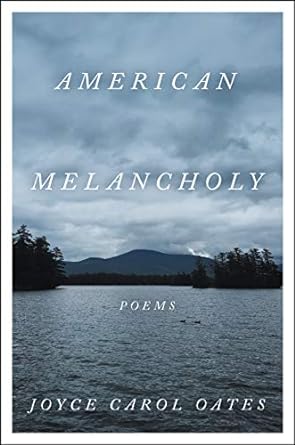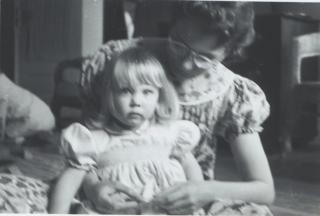
History of Psychiatry
Latest News
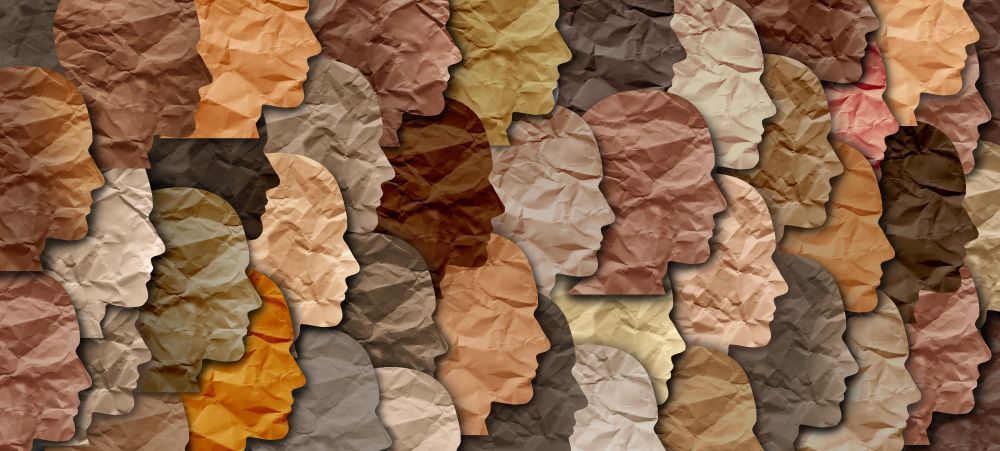
Virginia Tech Carilion School of Medicine Announces Henrietta Lacks Excellence in Medicine Scholarship
Latest Videos
CME Content
More News
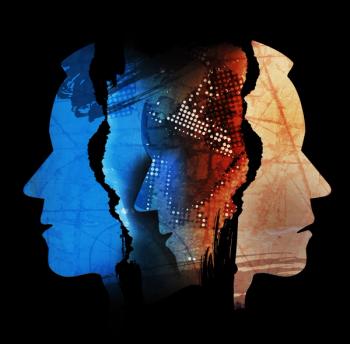
Exploring the connection between trauma and the etiology of schizophrenia, and the ways this connection was historically interpreted in the case of the Genain quadruplets.
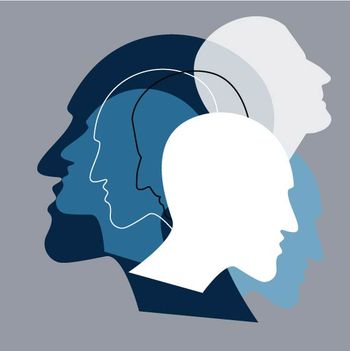
“The Genain quadruplets have really gone down in psychiatric history for being the ‘poster girls’ for psychiatric genetics.”

Awais Aftab, MD, and author Audrey Clare Farley, PhD, discuss Girls and Their Monsters: The Genain Quadruplets and the Making of Madness in America.

Awais Aftab, MD, interviews Audrey Clare Farley, PhD, author of Girls and Their Monsters: The Genain Quadruplets and the Making of Madness in America.

"Despite many unanswered questions, Daniel M’Naghten is forever remembered as the man who set a lasting legal precedent."

How one mother of a child with autism helped countless others better understand the autistic experience.

How does a recent critique of the history of psychiatry get it wrong?

Widely recognized as the prime mover behind the psychosomatic medicine movement, Helen Flanders Dunbar, MD, PhD. was a clinician, writer, and founder of the American Psychosomatic Society.

Against the backdrop of European fascism, an Italian physician pioneered a new treatment.

Two doctors discuss the controversial, highly debated film, The Snake Pit.

Psychiatrists who want to understand white supremacy should watch this series…
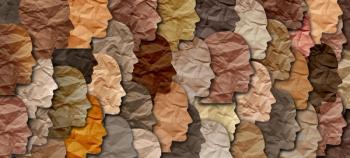
As February comes to a close, we reflect on this month's contributions.

Black soldiers’ lack of access to opiate analgesics and antidiarrheals was typical, not exceptional, when considered within the broader scheme of Civil War medicine.

A potential young psychiatrist lost too soon.

Black history is American history.
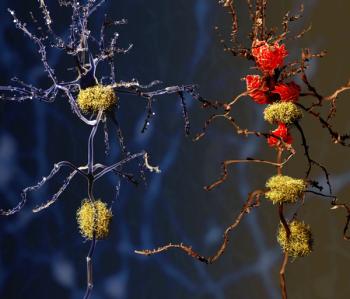
An interview with Kenneth S. Kendler, MD, vice-chair of the American Psychiatric Association DSM Steering Committee, author of more than 1200 articles, and one of the highest-cited researchers in psychiatry.

The authors explore the impact of structural racism on psychiatry trainees and the patients they care for (and what can be done about it).

Series Editor, Frank A. Clark, MD, introduces the Black History Month series by talking about his greatest mentor when so few were available.
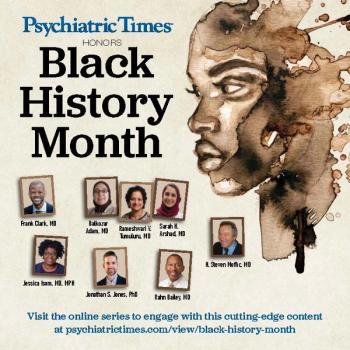
During the month of February, we will publish important stories commemorating Black History Month.
![Hugh Welch Diamond, “Plate 27 [Seated Woman with a Bird],” (ca. 1855) Digital image courtesy of the Getty's Open Content Program.](https://cdn.sanity.io/images/0vv8moc6/psychtimes/126bd46f3e13c49c89cb8a3fd84d5ae21e7d7172-514x722.jpg?w=350&fit=crop&auto=format)
If a picture is worth a thousand words, how many diagnoses can it make? The photographer and psychiatrist Hugh Welch Diamond, MD, shares insights into the humanity and stigma of mental illness in Victorian England.
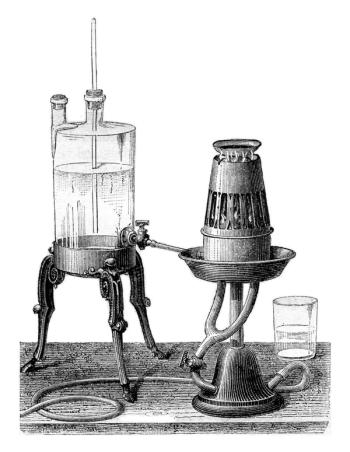
A prominent forensic psychiatrist and the grandson of founding father Alexander Hamilton, Allan McLane Hamilton, MD, was a proponent for the use of nitrous oxide for diagnostic and therapeutic use.

Dr Pies offers an analysis of psychiatry’s place on the spectrum of science using “causality” and “meaning” as lenses.

Weaving the story of modern psychopharmacology’s birth leads us to a most surprising origin.
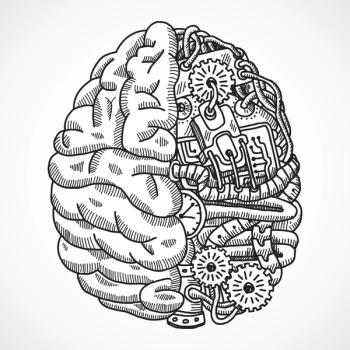
In the early 20th century, British and American doctors looked for the causes of mental illnesses elsewhere in the body, with gruesome results.
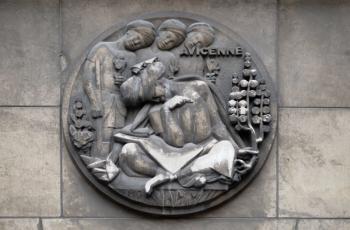
Avicenna may have been among the first physicians to document that anger is often a transitional state from melancholic depression to mania—implicitly recognizing the “switch” phenomenon.



